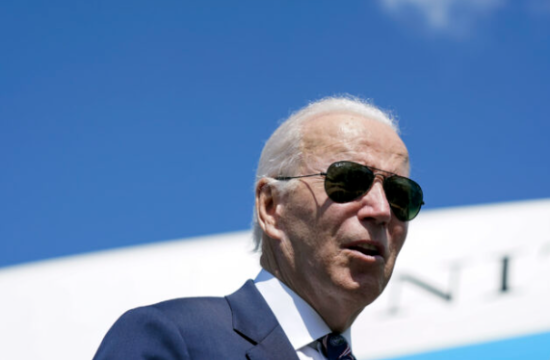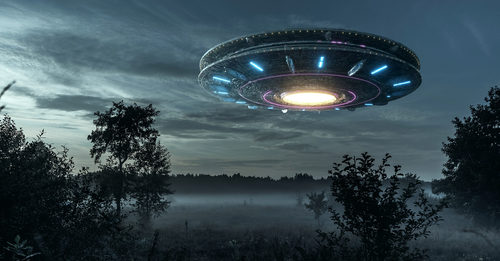Separatist leaders in eastern Ukraine ordered a full military mobilization on Saturday, citing an increase in bloodshed in the war-torn region and Western fears that Russia could exploit the unrest as a pretext for an invasion.
Denis Pushilin, the leader of Ukraine’s pro-Russia separatist government in Donetsk, issued a statement proclaiming a full troop mobilization and encouraging reservists to report to military enrollment offices.
Leonid Pasechnik, the rebel leader in the Luhansk region, made a similar proclamation shortly after.
Pushilin reported a direct threat of aggression from Ukrainian soldiers, something Ukrainian officials had previously denied.
For nearly eight years, rebels and Ukrainian forces have been at odds. However, violence along the line of contact between the two sides has increased in recent days, including shelling of an aid convoy. A vehicle bombing in the city of Donetsk on Friday added to the unease.
The long-simmering separatist struggle might offer the spark for a bigger invasion, with an estimated 150,000 Russian troops stationed along Ukraine’s borders.
Shelling killed a soldier in the government-controlled section of the Donetsk region on Saturday, according to the Ukrainian military, and separatist troops are deploying artillery in residential areas to provoke a response.
Biden cited American intelligence as the foundation of his foreboding judgment, after saying for weeks that the US wasn’t sure if Putin was determined to send soldiers into the neighboring country.
If Russia invades Ukraine, Biden renewed his threat of crippling economic and diplomatic penalties, and encouraged Putin to rethink.
According to a US defense official, 40 percent to 50 percent of ground forces stationed near the Ukrainian border have moved into offensive positions closer to the border.
Other insiders have claimed that the shift has been going on for nearly a week and that it does not necessarily signal Putin has chosen to launch an invasion. To discuss internal US military assessments, the defense official spoke on the condition of anonymity.
In the border area, the number of Russian ground units designated as battalion tactical groups had increased to 125 from 83. Each unit comprises between 750 and 1,000 soldiers.












